How Do Children Learn Best?
The Science, Methods & Tips for Parents & Educators
Have you ever watched a child explore the world and wondered, How do they absorb so much so quickly? One moment, they’re babbling, the next, they’re forming sentences.
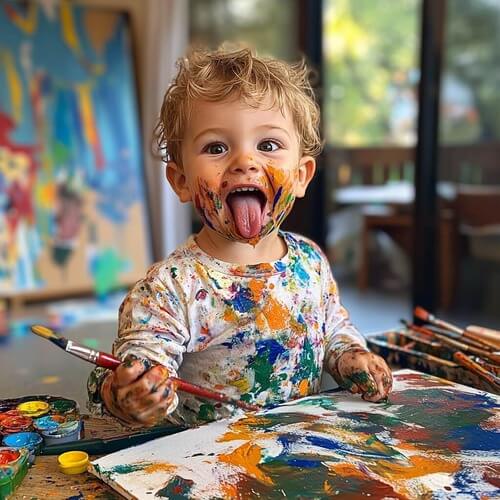
They start out stacking blocks, and before long, they’re solving puzzles. Kids are natural learners, their constantly soaking up information in any way, such as play, exploration, and social interactions.
But how exactly does learning happen? What role do parents, teachers, and the environment play?
Understanding how children learn isn’t just fascinating—it’s key to helping them thrive. Let’s take a deeper look into the science of learning, best teaching methods, and practical strategies to make learning fun and effective.
The Science of Learning
Cognitive Development & Brain Growth in Children
The first five years of life are critical for brain development. At birth, a baby’s brain has around 100 billion neurons, but it’s the connections between them—formed through experiences—that shape learning.
- New experiences strengthen brain pathways: Repeated actions, like hearing a parent read or playing with blocks, create stronger neural connections.
- Curiosity fuels learning: The brain releases dopamine (the “feel-good” chemical) when a child learns something new, encouraging them to keep exploring.
- Early relationships matter: Loving interactions with caregivers boost emotional security, which supports better learning.
Key Theories on Child Learning (Piaget, Vygotsky, Montessori)
Experts have studied child learning for decades.
Three major theories offer valuable insights:
Jean Piaget (Cognitive Development)
- Children learn by actively exploring their environment.
- They progress through four developmental stages (sensorimotor, preoperational, concrete operational, formal operational).
- Example: A toddler touching everything to understand textures.
Lev Vygotsky (Social Learning Theory)
- Learning happens best through interaction with others.
- Children develop faster with “scaffolding”—guidance from adults or peers.
- Example: A parent helping a child count blocks before they can do it alone.
Maria Montessori (Child-Centered Learning)
- Kids learn best when given freedom to explore at their own pace.
- Hands-on activities enhance understanding.
- Example: A preschooler learning math using beads instead of worksheets.
How Do Children Learn Best?
Learning Through Play & Exploration
Play isn’t just fun—it’s how children develop problem-solving skills, creativity, and emotional intelligence.
- Pretend Play (e.g., playing house, doctor) builds social skills.
- Building Blocks & Puzzles teach spatial awareness & logic.
- Outdoor Play enhances motor skills & teamwork.
Try This at Home: Instead of teaching letters through flashcards, play a “letter scavenger hunt” around the house!
Social Learning: The Role of Parents & Peers
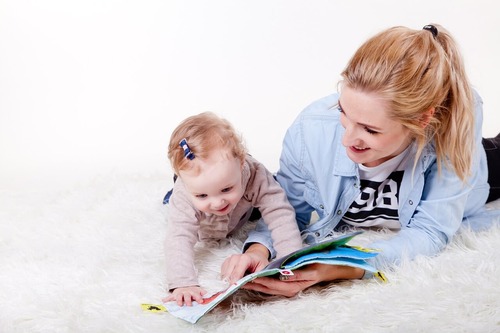
Children learn by watching and imitating others.
- Babies copy sounds and facial expressions from caregivers.
- Preschoolers learn manners, empathy, and cooperation from peers.
- Older kids develop problem-solving skills through group projects.
Parent Tip: Narrate your actions! Saying, "I'm pouring milk into your cup. Look how full it is!" builds language and observational skills.
Hands-On Learning: Experiential Education
- Cooking teaches math (measuring), science (mixing), and responsibility.
- Gardening teaches patience, biology, and cause-and-effect thinking.
- Crafting strengthens fine motor skills and creativity.
Age-Based Learning Stages
How Babies & Toddlers Learn (0-3 years)
✔ Learning through touch, sound, and movement.
✔ Responding to voices and facial expressions.
✔ Cause-and-effect experiments (e.g., dropping objects repeatedly).
Tip: Talk, sing, and read to your baby daily—it boosts brain growth!
Preschool & Early Childhood Learning (3-6 years)
✔ Asking "why?" constantly—curiosity is at its peak.
✔ Learning through imaginative play (e.g., playing “store” or “teacher”).
✔ Developing fine motor skills (cutting, drawing, writing).
Tip: Use open-ended toys like LEGOs, art supplies, and puzzles to fuel creativity.
Elementary School Learning & Cognitive Growth (6-12 years)
✔ Developing logical thinking & problem-solving.
✔ Learning best through real-world applications.
✔ Becoming independent learners but still needing guidance.
Tip: Encourage reading every day—let kids pick books that interest them!
Strategies to Help Children Learn
✔ Encourage a Growth Mindset: Praise effort, not just results. Instead of "You're so smart!", try "I love how you kept trying!"
✔ Use Educational Games & Technology: Interactive learning apps can reinforce skills in math, reading, and critical thinking.
✔ Balance Structured Learning & Free Play: Over-scheduling can hinder creativity—kids need downtime to process new information.
Common Learning Challenges & Solutions
Overcoming Attention & Focus Issues
✔ Break tasks into small steps.
✔ Use timers & movement breaks for focus.
Helping Children with Learning Disabilities
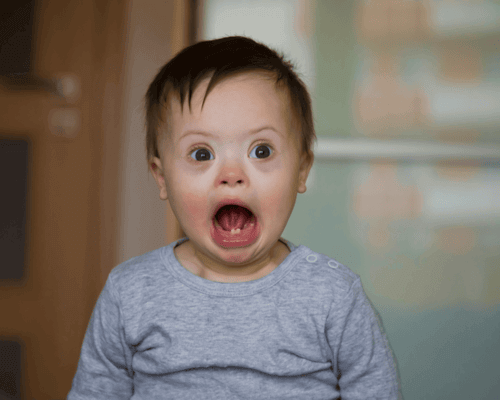
✔ Provide multi-sensory learning (e.g., reading + listening).
✔ Celebrate small wins to build confidence.
The Impact of Screen Time on Learning
✔ Limit passive screen time—opt for interactive content instead.
✔ Encourage tech-free play and real-world interactions.
Conclusion & Call to Action
Helping children learn is one of the most rewarding journeys a parent or educator can take. The best way to support your child’s learning is to observe, encourage and adapt to their individual needs.






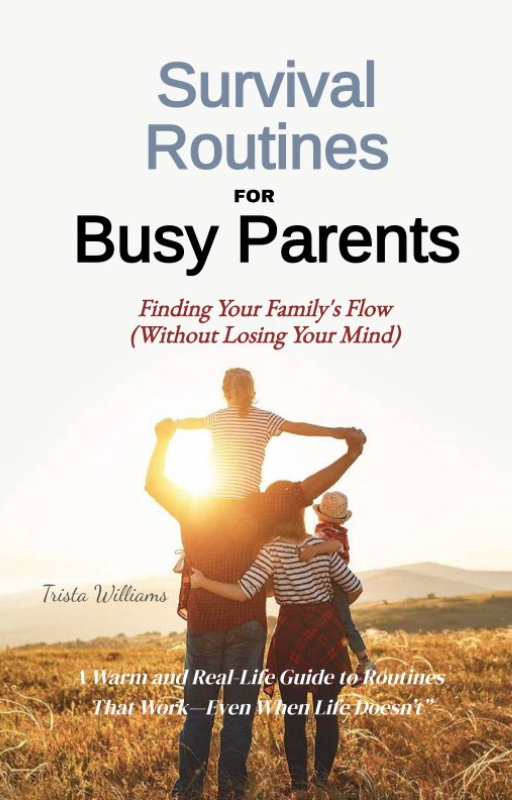
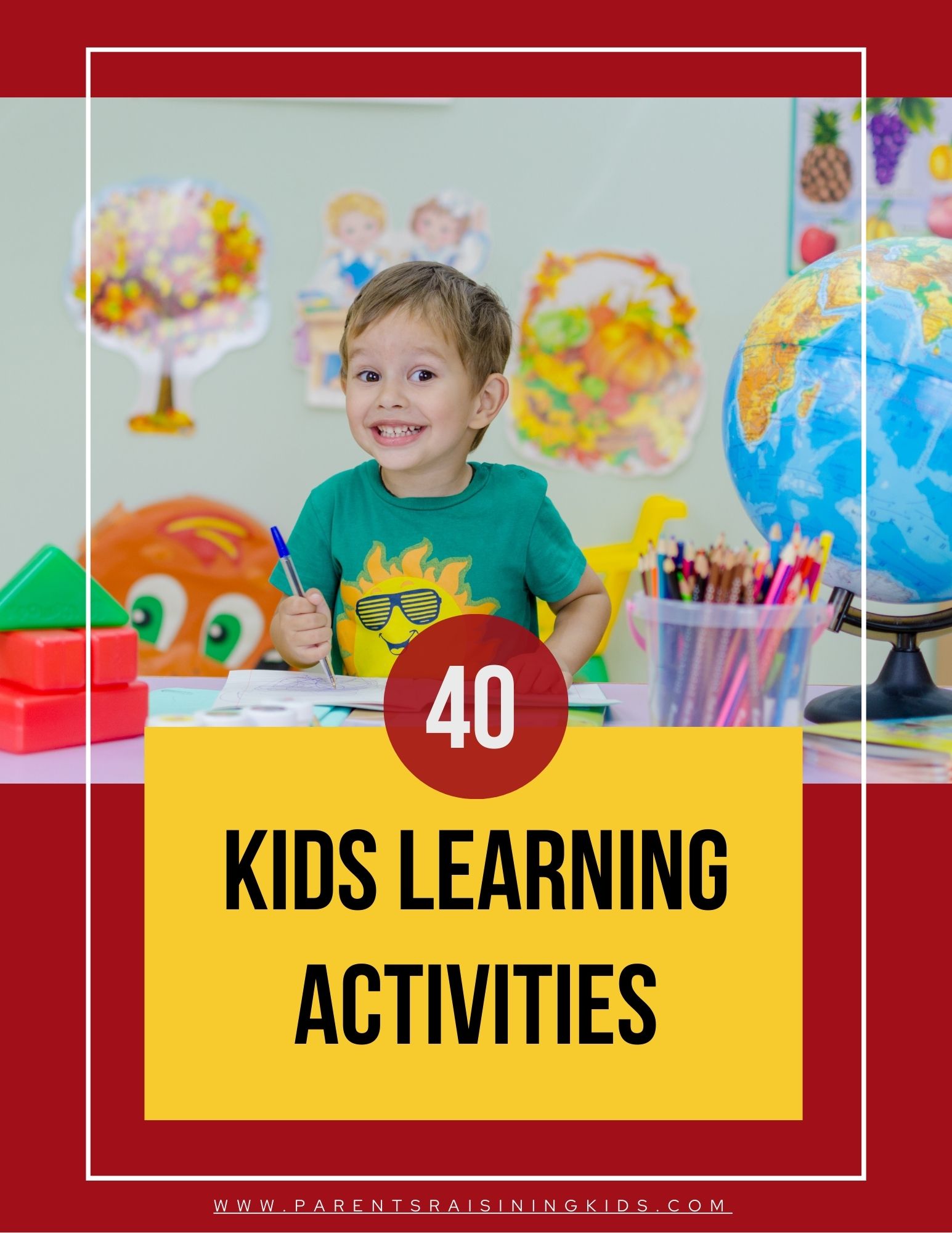





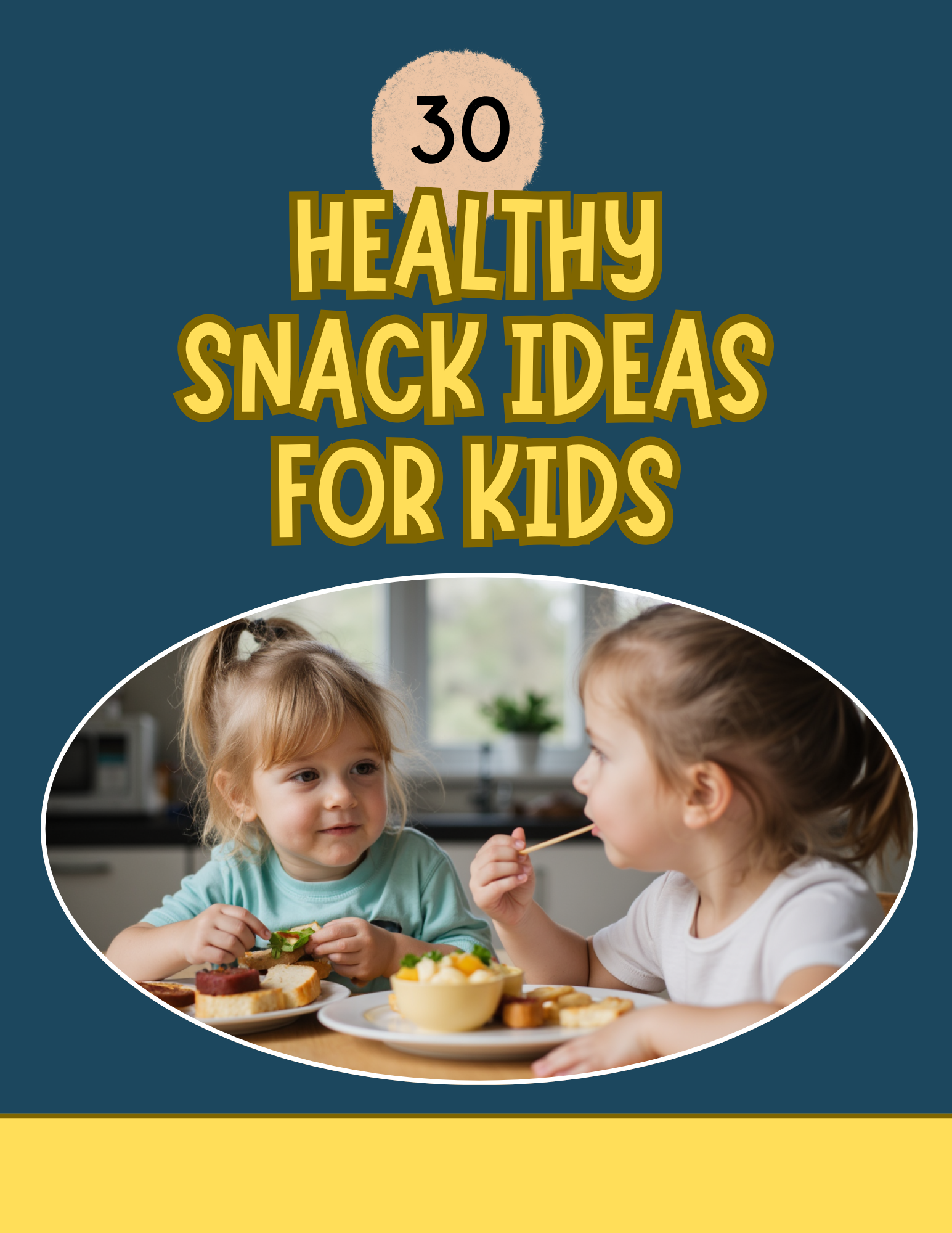


New! Comments
Have your say about what you just read! Leave me a comment in the box below.